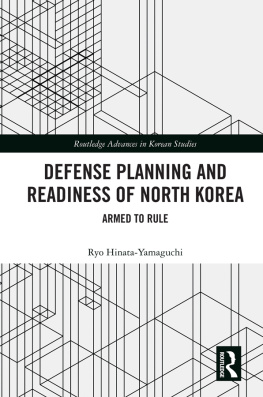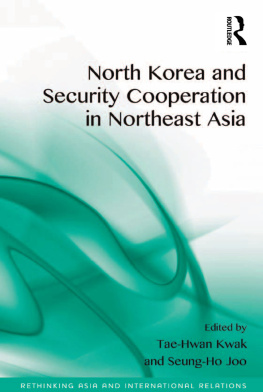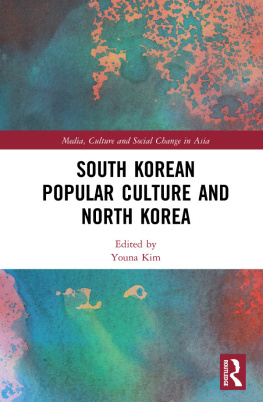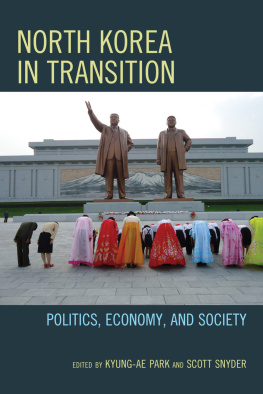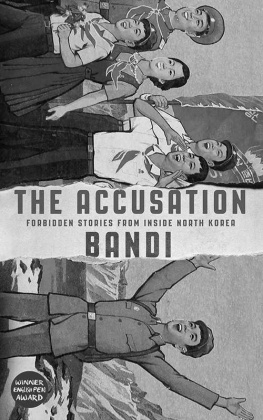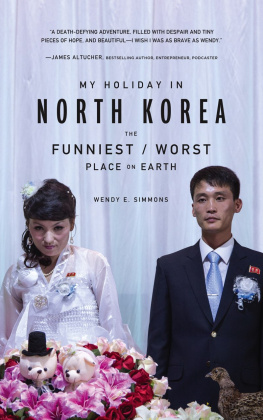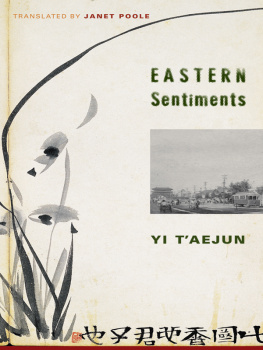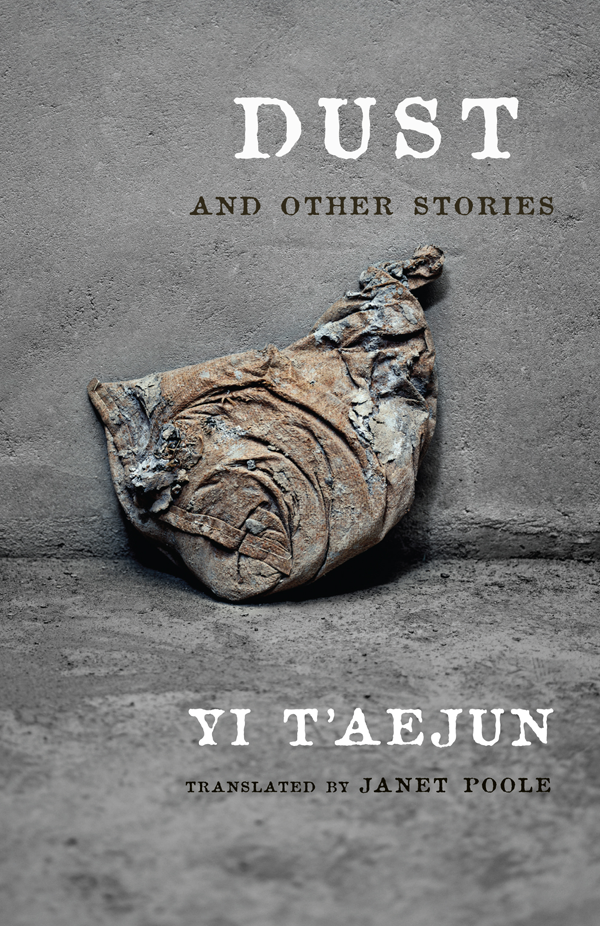Contents
Guide
Pagebreaks of the print version
DUST
AND OTHER STORIES
WEATHERHEAD BOOKS ON ASIA
WEATHERHEAD BOOKS ON ASIA
Weatherhead East Asian Institute, Columbia University
For a full list of titles in this series, see .
DUST
AND OTHER STORIES
YI TAEJUN
TRANSLATED BY JANET POOLE
COLUMBIA UNIVERSITY PRESS NEW YORK
Dust and Other Stories is published under the support of the Literature Translation Institute of Korea (LTI Korea).
This publication has been supported by the Richard W. Weatherhead Publication Fund of the Weatherhead East Asian Institute, Columbia University.

COLUMBIA UNIVERSITY PRESS
Publishers Since 1893
New York Chichester, West Sussex
cup.columbia.edu
English translation 2018 Janet Poole
All rights reserved
E-ISBN 978-0-231-54634-8
Library of Congress Cataloging-in-Publication Data
Names: Yi, Tae-jun, 19041956. | Poole, Janet, translator.
Title: Dust and other stories / Yi Taejun ; translated by Janet Poole.
Description: New York : Columbia University Press, 2018. | Series: Weatherhead books on Asia | Includes bibliographical references.
Identifiers: LCCN 2017037821 | ISBN 9780231185806 (cloth : acid-free paper) | ISBN 9780231185813 (pbk. : acid-free paper)
Classification: LCC PL991.9.T3 A2 2018 | DDC 895.73/4dc23
LC record available at https://lccn.loc.gov/2017037821
A Columbia University Press E-book.
CUP would be pleased to hear about your reading experience with this e-book at cup-ebook@columbia.edu.
Cover design : Chang Jae Lee
Cover image : Construction Site Dreg 03, 2012 Jung Jihyun
FOR MY MOTHER, WHO LOVES STORIES
CONTENTS
T his translation was initially undertaken with the help of a grant from the Literature Translation Institute of Korea. I was greatly encouraged when the project was selected for a Banff International Literary Translation Centre Residency Fellowship at the Banff Centre for the Arts. I would like to thank the then directors Katherine Silver and Hugh Hazelton for their encouragement and for introducing me to such an inspiring group of translators. In particular, Russell Valentino was kind enough to offer helpful suggestions during the Banff sessions.
I know that I am the most fortunate translator in the world to be able to call upon Hwang Jongyon and Jiyoung Suh whenever I am perplexed by Yi Taejuns prose and colonial references. I cannot thank them enough. In the final months of preparing this manuscript Bae Gaehwa generously shared with me invaluable resources on Yi Taejuns original publications. I am also grateful for the suggestions I received from Amanda Goodman and two reviewers for Columbia University Press. Finally my deepest thanks go to Jennifer Crewe and Christine Dunbar at Columbia University Press for their continued support of Korean literature in translation.
I n August of 1946 Yi Taejun (1904?) boarded a Soviet army plane in Pyongyang, circled over the city that had recently become his new home, and flew north, across the border with the Soviet Union and over the tall buildings of Vladivostok, before landing in a small town on the outskirts of that city, where his delegation from the Soviet-occupied zone of northern Korea was to be placed in quarantine for five to six days before journeying on to the capital of the Soviet empire, Moscow. Yi was taking part in a two-month-long tour of the Soviet Union, organized by the Pyongyang-based Korea-Soviet Union Cultural Association. Over a period of two months, the delegation of farmers, laborers, scholars, artists, and politicians was to be based in Moscow, with side trips to Leningrad to the west, and Armenia and Georgia to the south, returning to Moscow via Stalingrad, before finally making its way home to Pyongyang via the Trans-Siberian railroad. Later that year, Yi published the diary he kept during his journey. The book was titled Record of a Journey to the Soviet Union , and photographs inserted at its front record the journey of the delegation from a newly liberated land: pictures of the group inside the Kremlin, exiting from a government building in Armenia, and at a farewell reception; an article from the Moscow Cultural Newspaper with a photograph of Yi Taejun, the writer Yi Kiyng, feminist activist and journalist H Chngsuk, and other members of the delegation meeting with Russian writers; Lenins mausoleum and a scene of the night sky lit up during the first September 3 celebration of victory on the Pacific front by the side of the Moscow River. Ordinary snapshots of neatly suited dignitaries standing in line for the obligatory group shot are juxtaposed with the sturdy stone of the Red Square walls and the dazzling lights of the celebrating capital city. The novelty for this group of being received as representatives of a liberated nation should not be forgotten. During their stay, several members of the group purchased newly printed maps of the world, on which Korea and Japan were now depicted as separate nations. As Yi looks down upon the tiny country of Korea, dwarfed by the enormous breadth of the Soviet Union, he is enthralled by it being depicted there in its very own color.
In the preface to his diary, Yi suggests the significance of this trip, timed to coincide with the first anniversary of Japans defeat in war and Koreas release from a colonial occupation lasting more than three decades:
As someone who had barely been freed from a long life of slavery to old things in an old world, on this trip to the Soviet Union I was like a bird flying through the sky for the first time, having been freed from a cage. Those few months were truly enchanting. Everything old and bad connected to humans had disappeared; it was a new world with a new culture, new customs, and the new daily lives of new people. Moreover, although it was new by the day, the Soviet Union was moving forward without end, just like a great river flows toward the eternally stable ocean.
The repetition of the word new is striking; it portrays Liberation with a sense of joyous rupture, which turns everything that came before and all that is expected afterward into the old and the new. The new world here lies foremost at the heart of the Soviet empire. For Yi, a former Japanese imperial subject who had previously only traveled back and forth between metropolitan Japan and its Korean colony, Liberation allowed travel into new worlds in the most literal of senses. In the few brief years before he was sent into internal exile in the emergent Democratic Peoples Republic, Yi took part in official trips to the Soviet Union and to China.
But these journeys were preceded by a shorter journey that would prove life changing: his decision to move from his longtime home in Seoul, by this time occupied by the United States, to Pyongyang in the summer of 1946. At the time, he would not have known this journey would prove irreversible: that four years later a civil war would erupt that still has seen no armistice more than sixty years on, and that his many works would, as a result, be banned south of the thirty-eighth parallel until 1988, erasing him from the pages of written history in South Korea. Neither would he have realized that he, along with so many of the artists and writers who chose to move from the South to the North at this time, would fall from favor so quickly as power consolidated around Kim Il Sung in the mid-1950s, leaving his work equally unpublished north of the thirty-eighth parallel and his final whereabouts and date of death unknown.


